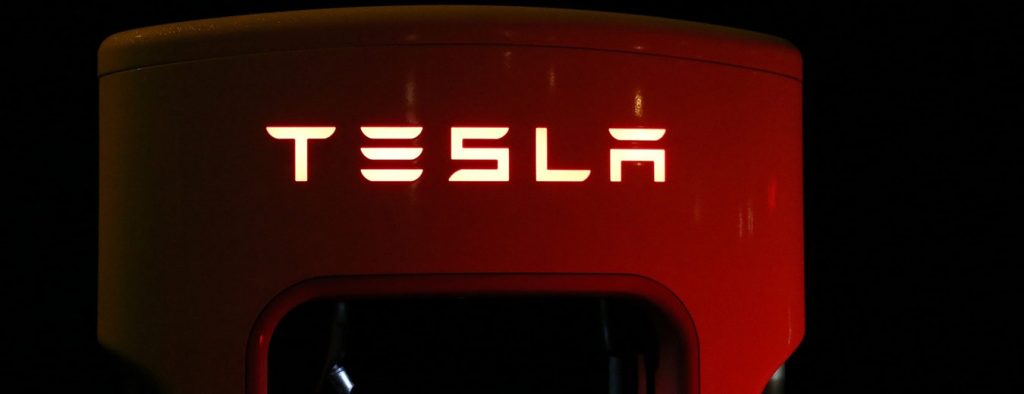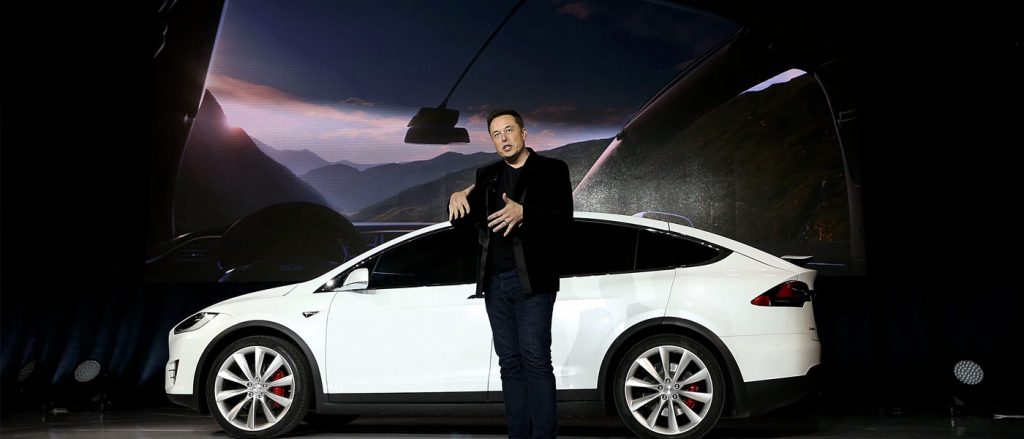A new special report by Reuters has brought to light some concerning practices within Tesla. It appears that the company has employed a team to downplay range complaints from drivers. The electric vehicle giant seems to have manipulated its range estimation algorithms to display overly optimistic range projections when the battery is fully charged.
According to a reliable source cited by Reuters, when a Tesla’s battery drops below 50% of its maximum range, the algorithm is tweaked to provide a more accurate estimate of the remaining mileage. This adjustment was implemented to avoid situations where Tesla drivers might get stranded due to an unexpected loss of power.

Moreover, there seems to be an additional “safety buffer” of about 15 miles even after the battery shows as empty. This means that drivers might have a bit more range left than they are led to believe, offering some reassurance in case they push it too far.
The matter becomes more concerning considering that battery range is a crucial factor for potential electric vehicle buyers. Many experts in automotive retail have emphasized that the range of an EV can make or break a deal, particularly for those without a home-charging setup.
Tesla has earned a reputation for alleviating “range anxiety” with its impressive advertised ranges and an extensive Supercharger network. This network has been vital to Tesla’s success and has even led other companies to consider paying to use it in the future.
As Tesla prepares to launch its Cybertruck, range becomes an even more critical factor. Pickup trucks, in general, require substantial batteries to carry their heavy frames over longer distances. Tesla’s competitors in the electric truck market have already struggled with achieving sufficient range. If Elon Musk can maintain an edge on this front, it could further enhance the appeal of the Cybertruck.

With the growing competition in the EV market, Tesla is determined to maintain its lead. Over the years, Elon Musk has taken several steps to transform Tesla from a scrappy startup into a major player in the automotive industry. Manipulating range estimations could be seen as a strategic move to combat challenges like stagnation in design and less differentiation in technology.
However, it is worth noting that Tesla has already faced some criticism for adopting traditional volume-boosting tactics used by conventional automakers. This includes price reductions and offering incentives on Supercharger miles, which may raise concerns about transparency and fairness.
In conclusion, the revelations about Tesla’s range estimator raise questions about how transparent the company is being with its customers. While it is natural for automakers to seek a competitive edge, it is crucial to ensure that consumers are provided with accurate and reliable information to make informed decisions about their electric vehicles.
Range remains a pivotal consideration for potential buyers, and any manipulation of range estimates could erode trust in Tesla’s brand and its commitment to the electric vehicle revolution.


